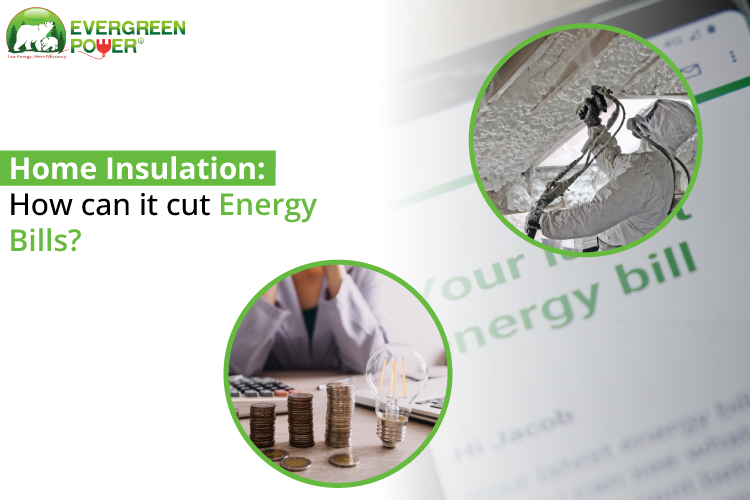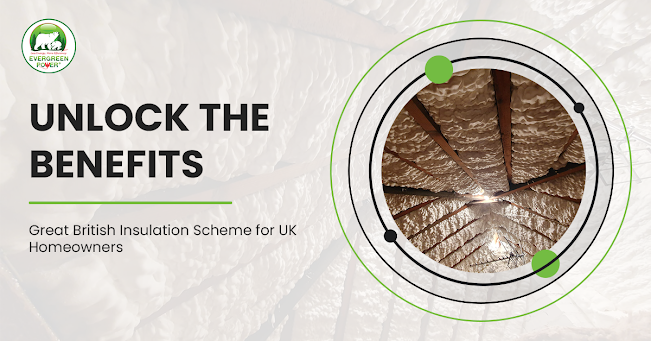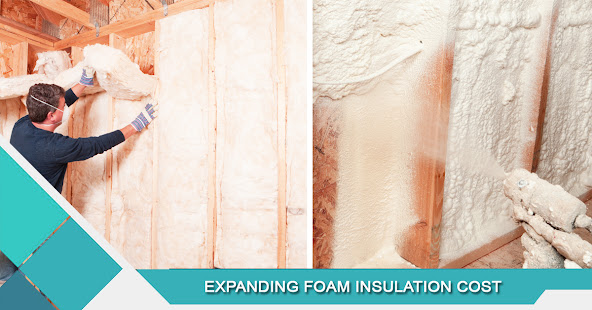Home Insulation: How can it cut energy bills?
In Europe, Britain has among the
least well-insulated housing stock. Only 58% of British homes, according to the
climate change advocacy group One Home, have reached the insulation standards.
Moreover, Russia's invasion of Ukraine rapidly pushed already-rising energy prices.
Energy costs are already at their
highest levels in the last few years, and by the start of next year, they are
expected to immensely triple, costing the average household over £5,000 in
total.
The overall costs for the economy in the UK as a whole are anticipated to reach 16% of GDP as households have accounted for 50% of national energy spending.
By January 2023, rising costs will force two-thirds of UK households into fuel poverty. So, in that compelling situation, home insulation can be perceived as the ultimate saviour.
Government aid to households has reached £17.5 billion to date, and proposals to reduce the VAT or eliminate taxes would result in savings of about £4 billion.
Numerous alternatives exist today to lower energy bills in the long term. Direct subsidies to struggling homes, boiler modifications, alterations to behaviour, home insulation and other housing upgrades are a few of these measures.
What is insulation and how can it cut energy bills?
The process of insulating a home involves keeping heat inside a building by covering surfaces that are exposed to the outside world such as the walls, floors, and roofs.
Based on the Energy Savings Trust views, homes can lose up to 45% of their heat without it, making it difficult to control indoor temperatures.
The home may not be properly insulated if the temperature decreases quickly when the heating is turned off.
How efficient a property is will be
revealed by the Energy Performance Certificate that is provided with the rental
or sale of the property.
What type of insulation is needed?
One excellent technique to benefit the
environment is to add insulation. Your comfort can be greatly improved and you
can significantly reduce your energy costs with proper insulation.
The attic and walls of your home could
become more energy efficient if they are properly insulated. As a result, you
should start by investing in high-quality insulation in the UK.
Choosing the right forms of insulation
for your home's walls and roof can be challenging; therefore, it may be wise to
seek professional advice if possible.
If your attic is unfinished, upgrading
the insulation is a wise decision. An immediate improvement will be
apparent.
Spray foam insulation is a better
option if your home has wall cavities, rather than wall insulation because it
can save energy consumption and improve your home comfort. Bear in mind that a
well-insulated home is always a greener choice.
How much will it cost and what assistance is
offered?
Insulation costs vary depending on the type required the size, and the condition of the home.
In accordance with the Energy Savings Trust, cavity-wall insulation can expense as much as £1,200 in a typical semi-detached home.
For loft insulation, the payback period is two years, while it takes ten years for cavity-wall insulation to pay for itself.
However, the payback period for solid wall and floor insulation can be as long as 30 years.
The Home Upgrade Grant, administered by local governments, provides cash for draught-proofing and cavity-wall and loft insulation.
The Energy Company Obligation mandates
that suppliers help low-income people make home upgrades.
However, things are a little fuzzier for higher earners.
The government has cancelled the Green Homes Grant and has not yet indicated when it would resume it.
Activist groups believed that the new energy policy of the UK government will contain explicit measures to promote greater and better insulation.
Dermot Nolan, a former executive at Ofgem, called the lack of attention to insulation and energy efficiency "an opportunity squandered."
A mass insulation scheme would see
bills slashed considerably, and ensure people had warm, pleasant homes, while
at the same time.
Because so much of the housing stock is elderly, the UK has some of the
lowest energy-efficient and leakiest homes in Europe.
The UK had 29.3 million household homes in 2020, 36% of which were
constructed before World War Two.
However, even more recent dwellings frequently lack the most basic
insulation, in the UK, just one in four households has draught-proofing.
What about tenants?
Many people in the UK contend that stronger regulations regarding landlords' responsibilities to offer renters with energy-efficient buildings, as well as greater criteria for energy efficiency in newly constructed homes should be made compulsory.
As per the Energy Savings Trust, approximately 35% of homes in the UK are either public housing or privately rented, and these are considered to be the least energy-efficient.
Local governments can use the Social Housing Decarbonization Fund to upgrade their housing stock.
Additionally, landlords who rent out
buildings with an Energy Performance Certificate rating below E, and by 2028,
C, are subject to a £5,000 punishment, despite the fact that renters in
privately leased housing have very limited recourse.
Conclusion
Because there are so many enterprises and factories running, waterways are being hurt, pollution is becoming worse, and some ecosystems are being destroyed, it is the ideal time to make certain adjustments to cut energy bills and make your home comfier.
In light of all of this, an increasing number of people want to take action to preserve at least a little bit of our ecosystem. Living sustainably and judiciously has a variety of advantages for your house and the environment.





Spray foam insulation is completely safe and fit and should not cause any health problems or any change in the structural integrity of your property. The overall cost of spray foam insulation is depends on the insulation thickness, area, and size, spray foam insulation is more expensive insulation than other insulation but it can worm your home for long time in winter season and in summer season stop outside heat. So all over it can save your monthly energy bill with spray foam up to 40%.
ReplyDeleteBy installing spray foam insulation you can also minimize the energy expenditure as half of your energy is consumed in heating and cooling the electronic appliances.